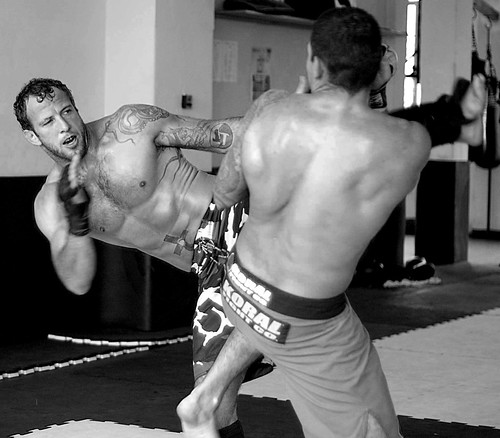
Something that bothers me about jiu jitsu is the "lazy guard".
When playing the bottom game in BJJ there must be a sense of urgency. Too many times have I watched skilled jiu jitsu players practically falling asleep in their guards. The goal in jiu jitsu is to finish your opponent and advance in position.
Playing bohemian music and flopping around the mat are not going to prepare anyone for a combat situation. A classic pitfall to this type of training is becoming too wrapped up in technique and losing grit and toughness. I’m not saying avoid working on technique and become a spaz by any means. The goal is to be aggressive and attack non-stop. Work on your physical abilities while engaged in training not just your strategy.
The goal is to reach a level where everything is improving. As you advance in BJJ the following should also improve; stamina, strength, flexibility, skill, strategy, balance, toughness, heart, determination, etc! Don’t be one of those guys that gas out and quit the moment the training becomes challenging.
If you have any questions about this topic ask me and I’ll explain it in more detail. This is an important topic and one of particular annoyance to me so work on it!

